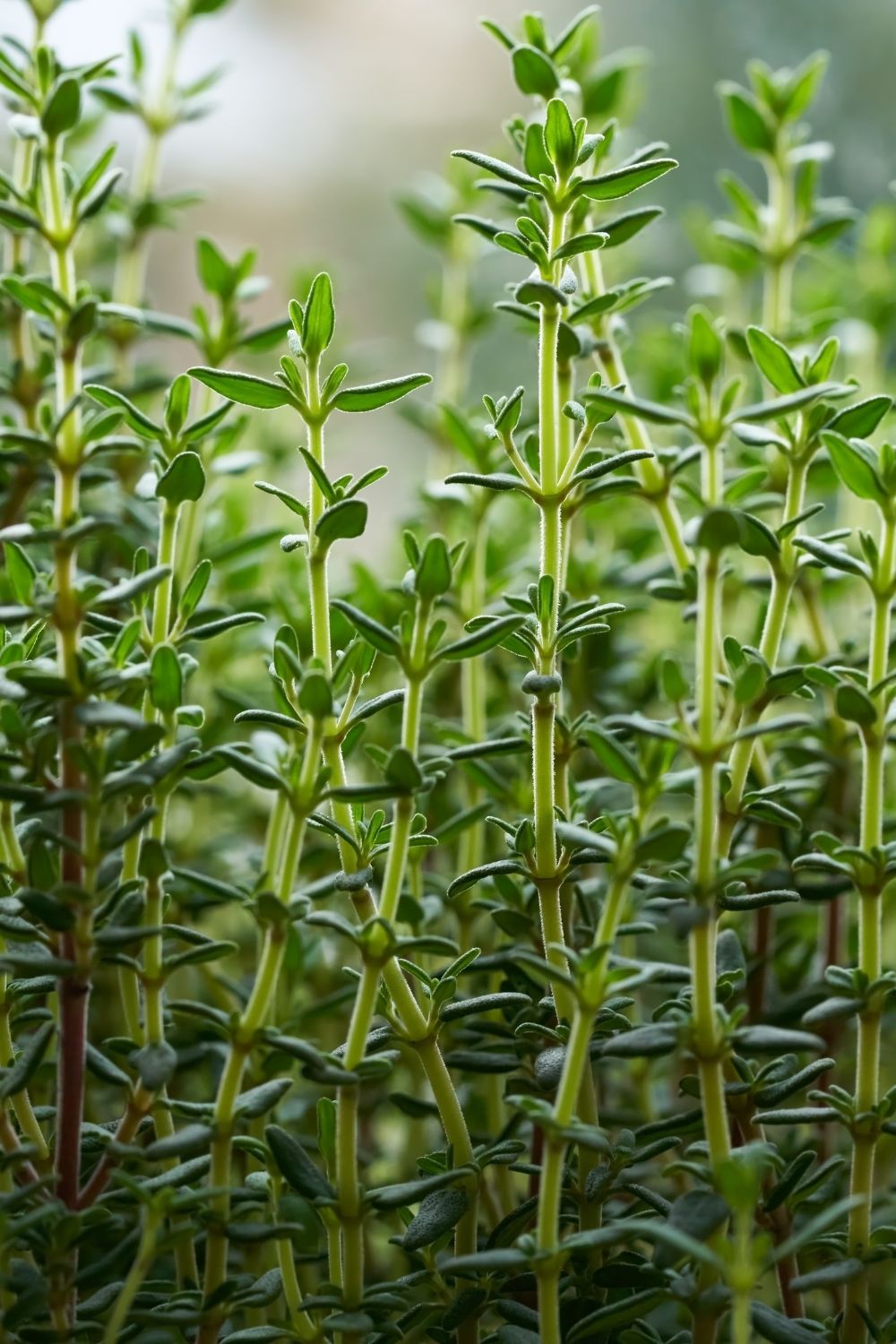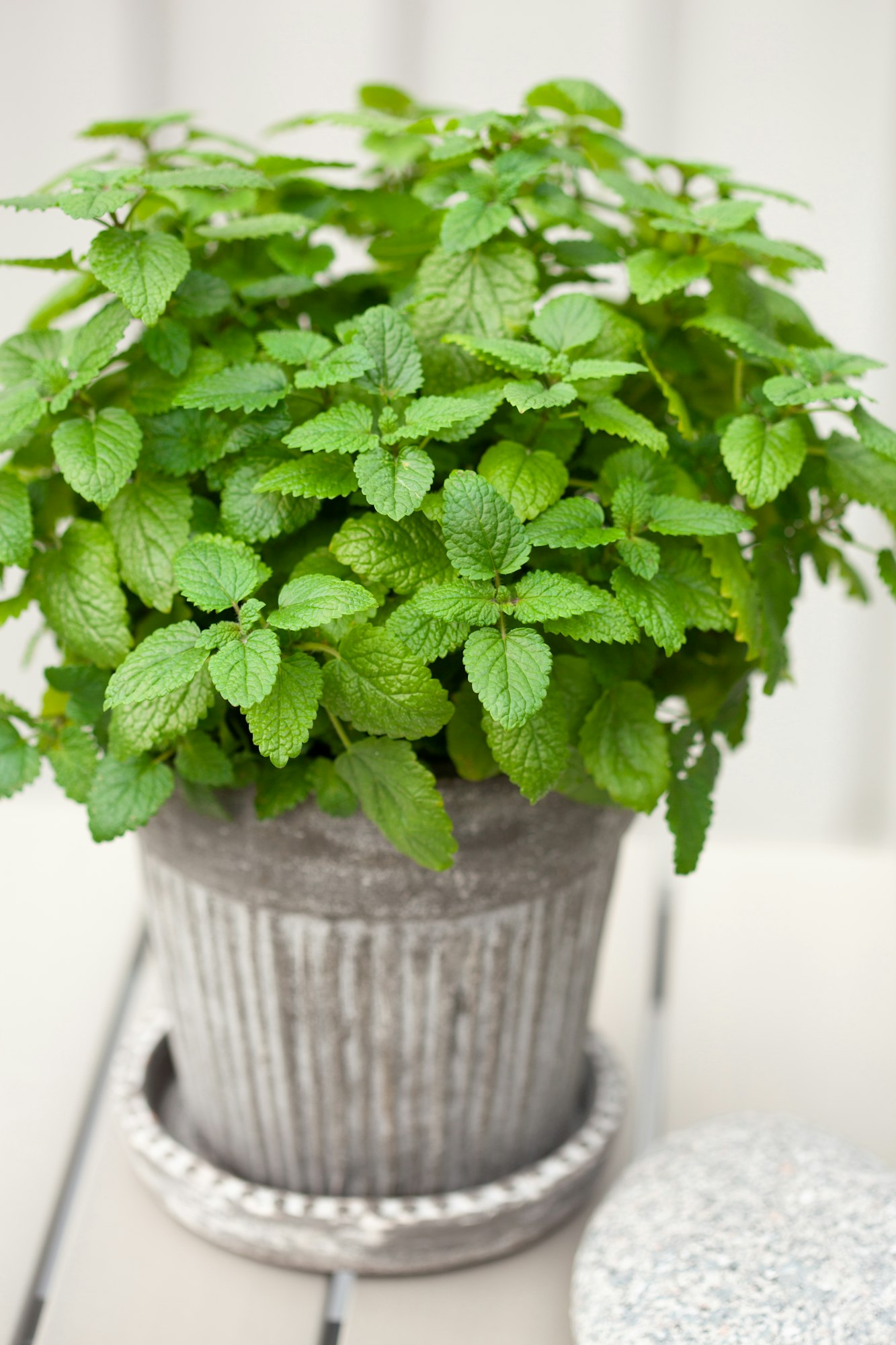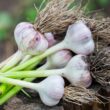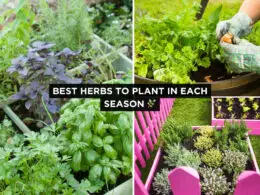In This Article Show
Growing your herbs is not only immensely satisfying but also surprisingly simple, especially if you’re just starting. With over 13 years of gardening under my belt, I’ve learned that herbs are the perfect entry point for any beginner gardener.
They require minimal space, can thrive in a variety of conditions, and, most importantly, they bring an unmatched freshness to your cooking that store-bought herbs simply can’t match. From the aromatic leaves of basil and rosemary to the delicate fronds of dill and parsley, each herb offers unique flavors and benefits for your culinary creations.
In this post, we’ll explore 12 easy-to-grow herbs that are ideal for beginners. Whether you have a sprawling garden, a small balcony, or a sunny windowsill, these herbs are adaptable and forgiving, making them perfect for those new to gardening.
The Top Easy-to-Grow Herbs for Beginners
The goal here is not just to grow herbs, but to nurture a connection with your food and enjoy the process along the way. So, let’s get started and transform your cooking with the freshest herbs from your very own garden!
1. Basil

Basil is a true star in the herb garden, celebrated for its lush leaves and sweet, peppery flavor that’s essential in dishes like pesto, salads, and pasta. This herb loves the sun, thriving in warm, well-drained soil with plenty of sunlight—at least 6 to 8 hours a day. When planting basil, space seedlings or sow seeds about a foot apart to give them room to bush out.
Water regularly, but be cautious not to over-water, aiming for moist, not soggy, soil. Basil’s fast-growing nature means you’ll soon be harvesting leaves, which encourages more growth. For the freshest flavor, pick leaves in the morning after dew has evaporated.
Get Gardening For Beginners
Our new EBOOK shows newcomers and green thumbs alike a step by step guide to growing the garden of their dreams.
2. Mint

Mint is incredibly versatile, known for its refreshing aroma and cool, crisp taste, making it a favorite in both culinary dishes and beverages. However, mint can be a garden bully, spreading quickly if not contained. To prevent it from taking over, consider planting mint in pots or containers.
Mint prefers partial to full sunlight and enjoys moist, well-drained soil. Regular harvesting of the tips will encourage bushier growth and prevent it from becoming leggy. Whether you’re making mojitos or mint tea, this herb will become a refreshing staple in your garden.
3. Parsley

Often relegated to the side of the plate, parsley is a nutrient powerhouse, rich in vitamins A, C, and K, and brings a bright, fresh flavor to soups, salads, and sauces. Parsley thrives in loamy soil with good drainage and enjoys full to partial sunlight.
Water it evenly to keep the soil moist, especially during dry spells. Parsley might be slow to start from seed but is well worth the wait. Harvest the outer leaves first, allowing the inner leaves to continue growing.
4. Cilantro

Cilantro, known for its distinctive flavor, is beloved in cuisines worldwide. Its leaves and seeds (coriander) are used in a variety of dishes. Cilantro prefers cooler conditions and can bolt (flower) quickly in hot weather.
Plant in a sunny spot with well-drained soil and water regularly. To enjoy a continuous harvest, sow seeds every few weeks. When harvesting, picking leaves from the bottom encourages new growth.
5. Chives

Chives offer a mild onion flavor that’s perfect for adding a nuanced touch to dishes. Easy to grow, they prefer full sun but can tolerate partial shade, and like well-drained, moist soil. Plant chives in clumps, and they’ll grow into dense patches. Harvest by cutting the outer leaves, allowing the center to continue growing. Bonus: their beautiful purple flowers are edible and make a lovely garnish.
Get Gardening For Beginners
Our new EBOOK shows newcomers and green thumbs alike a step by step guide to growing the garden of their dreams.
6. Thyme

Thyme is a robust herb with a multitude of culinary uses, from roasts to soups. This perennial thrives in well-drained soil and full sun, requiring little water once established, making it perfect for the forgetful gardener. Thyme is best harvested before it flowers when its oils are at their peak for the best flavor.
7. Oregano

Oregano is a staple in Italian cuisine, known for its strong, zesty flavor that complements sauces, meats, and pizzas. It prefers full sun and well-drained soil. Water when the soil feels dry to the touch. Harvest the leaves just before the plant flowers for the best flavor, and don’t hesitate to prune heavily, as the oregano grows back even stronger.
8. Dill

Dill, with its feathery leaves and distinct flavor, is essential in salads, pickles, and fish dishes. It loves full sun and rich, well-drained soil. Water regularly, but ensure the soil isn’t waterlogged. Dill can grow tall, so it might need support as it matures. Harvest when the plant has four to five leaves to encourage bushier growth.
9. Rosemary

Rosemary is beloved for its aromatic leaves and woody flavor, ideal for meats and breads. It thrives in full sun and well-drained soil, preferring not to be over-watered. Rosemary is drought-tolerant, making it a great herb for those in warmer climates or with less time for garden maintenance. Harvest sprigs as needed, allowing the plant to become a beautiful, fragrant bush.
10. Sage

Sage adds a warm, earthy flavor to dishes, especially in poultry and stuffing. This perennial herb prefers full sun and well-drained slightly acidic soil. Water sparingly, as sage is drought-tolerant once established. Harvest lightly in the first year to allow the plant to establish itself, increasing harvests as the plant matures.
11. Tarragon

Tarragon, with its distinctive anise-like flavor, is a cornerstone of French cuisine. It prefers well-drained soil and full sun but can tolerate partial shade. Keep the soil moist but not soggy. Harvest the leaves as needed, preferably in the morning when their flavor is most potent.
12. Lemon Balm

Lemon balm, known for its lemon-scented leaves, is a versatile herb used in teas, and desserts, and as a natural mosquito repellent. It prefers full sun to partial shade and well-drained soil. Be mindful of its tendency to spread; trimming the flowers before they seed can help control their growth. Harvest leaves anytime for a refreshing, citrusy addition to your dishes.
Each of these herbs offers something unique to the beginner gardener, from their flavors and uses in the kitchen to the simple joy of watching them grow. With these tips, even those new to gardening can enjoy the rewards of a flourishing herb garden.










